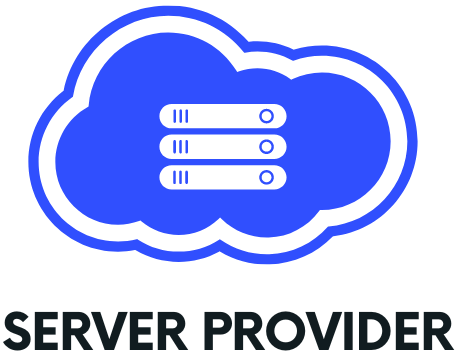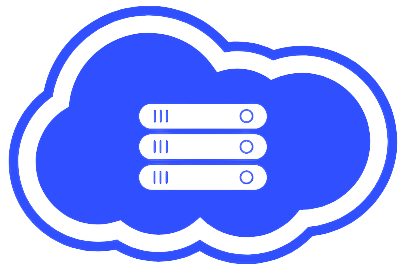A virtual Machine is software that can be installed on your PC just like any other program. It allows you to run Windows or Linux operating systems in a window on your PC.
What is a virtual machine?
A virtual machine is a software application that simulates the hardware of a physical computer. It allows you to run multiple operating systems on one physical machine, and each operating system behaves as if it is running on its own dedicated hardware.
Virtual machines are created by using virtualization software, such as VMware Workstation, Microsoft Hyper-V, or Citrix XenServer. The virtualization software creates a “virtual machine” that emulates a physical computer. The guest operating system (OS) runs inside the virtual machine just as it would if it were running on real hardware.
There are many benefits to using virtual machines, such as being able to run multiple OSes on one physical machine, increased safety and security (each OS is isolated from the others), and lower costs (you can use less expensive hardware because each OS does not need its own dedicated machine).
Why do we need a virtual machine?
There are many reasons why we might need a virtual machine. For example, if we want to run a different operating system than the one we have installed on our computer, we can use a virtual machine to do so. This can be useful for testing purposes or for using software that is not compatible with our main operating system.
Another reason to use a virtual machine is for security. By running our most important tasks in a virtual machine, we can isolate them from the rest of our system and make it much harder for malware or hackers to gain access to our data.
Finally, virtual machines can be used to save energy and resources. If we only need to use a certain piece of software occasionally, we can install it on a virtual machine and then turn off the virtual machine when we’re done, rather than leaving it running on our main computer all the time.
How does a virtual machine work?
A virtual machine (VM) is a software component that allows a physical computer to run multiple operating systems and applications. Each VM has its own virtual CPU, memory, storage, and networking resources.
When you launch a VM, the physical computer’s hardware resources are assigned to the VM. The VM then boots up like a regular computer, and you can install any operating system and applications you want.
Each VM is isolated from the others, so one VM can’t access the resources of another VM. This isolation ensures that each VM remains stable and secure.
Virtual Machine Versions
A virtual machine is a software computer that, like a physical computer, runs an operating system and applications. The major difference between a physical computer and a virtual machine is that the virtual machine doesn’t have its own hardware. Instead, it uses the physical computer’s hardware resources.
There are three types of virtual machines:
- System virtual machines: These provide a complete system environment in which guest operating systems and applications can run. Examples include VMware ESX Server and Microsoft Hyper-V.
- Process virtual machines: These provide an environment for running a single process, such as a Java application. Examples include the Java Virtual Machine (JVM) and the .NET Common Language Runtime (CLR).
- Application virtual machines: These provide environments for running specific applications, such as databases or web servers. An example is the Oracle Database Virtual Machine.
Pros and Cons of Virtual Machines
There are a few key advantages and disadvantages of virtual machines that are important to consider:
Pros:
- Increased Flexibility: Virtual machines offer increased flexibility over physical machines as they can be easily created, cloned, and modified. This allows businesses to experiment with different configurations and quickly roll out new services without the need for expensive hardware.
- Improved Efficiency: Virtualization can help improve server utilization and energy efficiency as multiple virtual machines can run on a single physical machine. This can lead to lower costs for businesses as well as reduced environmental impact.
- Enhanced Security: By isolating each virtual machine from the others, security risks are minimized. In the event that one virtual machine is compromised, the others will remain unaffected.
Cons:
- Potential Performance Issues: As virtual machines share physical resources, they can potentially experience performance issues if not properly configured. This is especially true if multiple virtual machines are running resource-intensive applications.
- Requires Skilled Personnel: Setting up and maintaining virtual machines requires skilled personnel who are familiar with the technology. This can lead to increased training costs for businesses.

